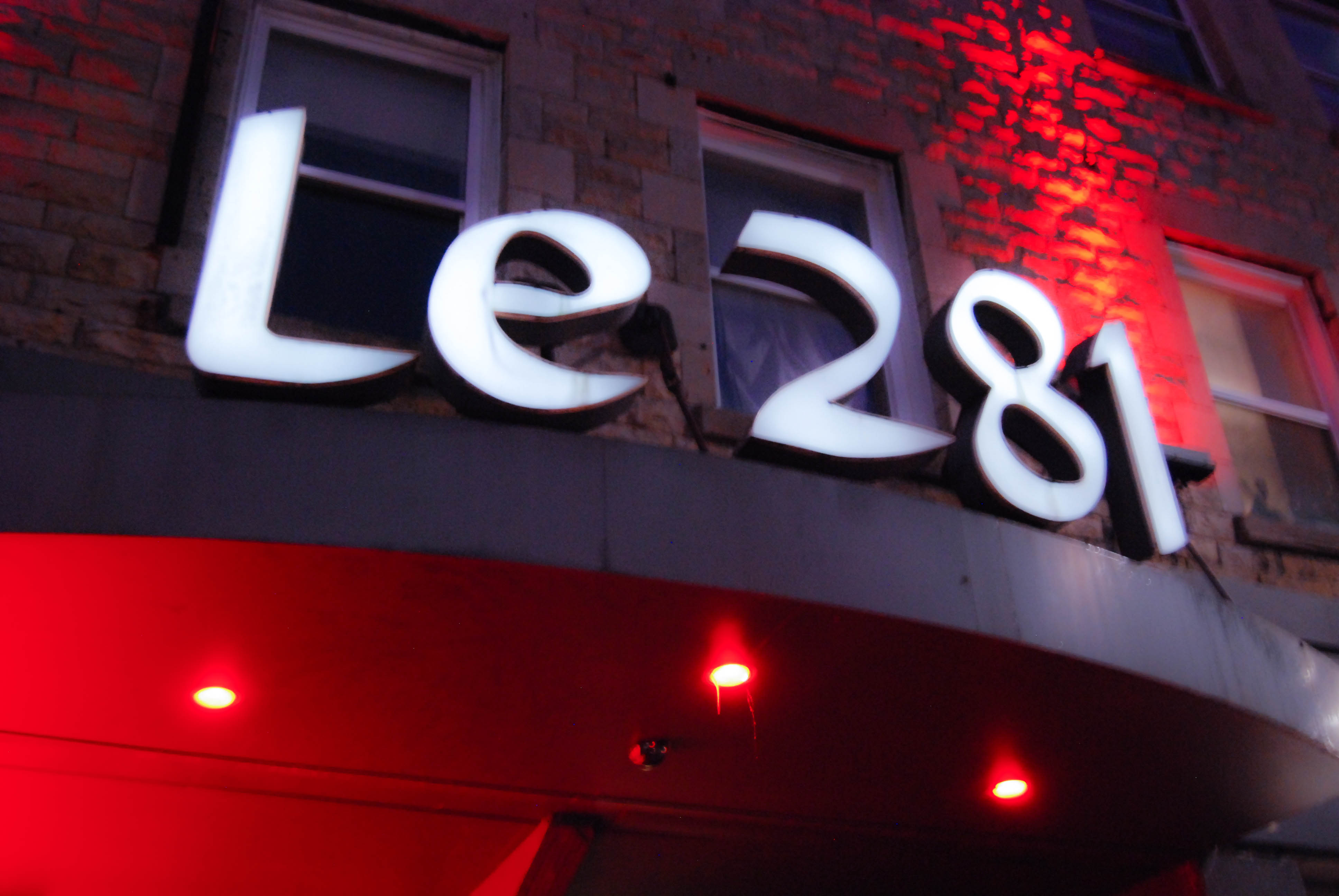A firsthand experience at a Montreal male strip club
At the ripe old age of 23, I had never been to a strip club. Montreal is filled with clubs promising nude dancers on what seems like every street corner, but the sexual fantasies that these establishments create are catered mainly towards lonely or unsatisfied men looking to drown their problems in a night of debauchery and erotic pleasures.
Having experienced almost every other treat this beautiful city has to offer to the 18+ population, I decided it was time to go through this rite of passage. I grabbed a girlfriend and headed towards the massive crowd of drunkards congregating around Foufounes Électriques, where I spotted our final destination of the night: Le 281.
Funnily enough, the club is actually located at 94 Ste. Catherine St. E., as the establishment was relocated in 2004. I had not imagined that my first strip club would be the country’s only full nude male strip bar for women, but here I was, standing in the entrance lined with red lights and abstract paintings of the male torso.
My expectations of the night were derived from the Magic Mike phenomenon, which consists of muscular dudes performing choreographed dance numbers while unruly women ogle at their oiled up bodies.
Apparently, this is exactly what women of all ages needed to fulfill their concealed sexual desires in a world where their pleasure is so often placed on the backburner. Just this past summer, the second installment of the Magic Mike franchise raked in $167 million at the box office $289 million at the box office according to Box Office Mojo.
Despite the raw and rugged sexuality that the Magic Mike franchise portrays, I imagined the place to have more of a gentlemen’s club feel; women in the audience would be dressed elegantly sipping on champagne, all whilst pretending not to be aroused.
Initially, my impression did not steer far this perceived expectation. A patron escorted us to a table, and being the classy establishment that it is, we were required to tip him for seating us a table with a sub-par view.
Instead of stripper poles, there was a stage with countless topless men strolling through the tables and smiling at you in a way that almost has you believing you’ve genuinely caught their attention.
We ordered a couple of martinis at a modest $8.50 a piece and took in our surroundings. The set featured three minute shows with male dancers in a variety of fantasies ranging from glow-in-the-dark body paint showers, to romantic violin instrumental strip teases. Every few acts, a dancer would invite a lucky lady on stage to fondle and ultimately get dry humped by the man of her dreams. Although the women are strictly prohibited to touch the eye candy even if you pay for a lapdance.
There was less full frontal nudity than I was expecting until a girl at an adjacent table ordered a lap dance and was met with a throbbing enchilada one inch from her face. When the song was over, I was intrigued by her experience and immediately went over to talk to her.
I had anticipated that most women would take this outlandish situation with a sense of humour, but many were seriously enjoying themselves as chiseled hunks whispered sweet nothings in their ears.
One woman even exclaimed that experience was slightly awkward but she had to get the full experience, for the venue apparently is renowned throughout Montreal.
What really stuck me about this venue is that contrary to societal norms, men were now being used as objects of sexual gratification in a room full of rowdy and thirsty women.
The role swap was empowering and ultimately allowed women to celebrate their sexuality openly with little judgment, and to enjoy what they may not be getting at home. Armed with a $20 bill, women could take control of the attention from men.
In my opinion, the experience was definitely a positive one, although the experience can be quite costly. Entrance starts at $8 on Thursday nights tipping is required all night long.
What I originally thought was a place solely for bachelorette parties actually turned out to be a refreshing and liberal atmosphere. A welcome change from a typical night out here in the city.
